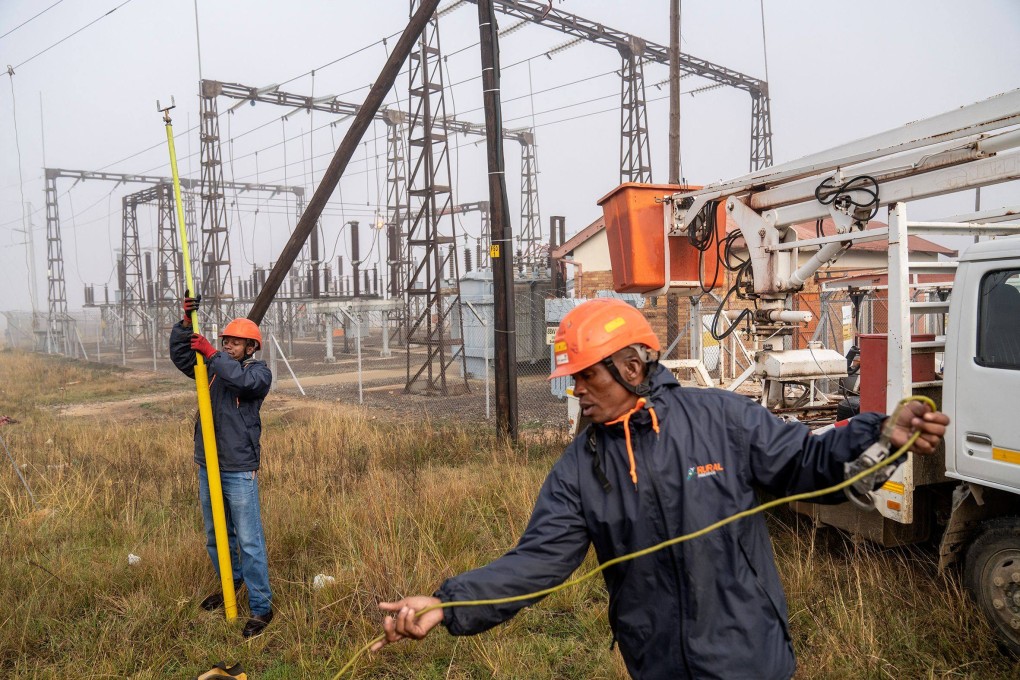Advertisement
Opinion | Can the EU’s infrastructure initiative be a better, greener version of China’s belt and road?
- The Global Gateway is primarily a values-based effort aimed at expanding Europe’s influence in developing and neighbouring countries
- Despite obstacles, the EU is positioning itself as a competitor to deliver tangible results on the global stage
Reading Time:3 minutes
Why you can trust SCMP
10

At the EU Indo-Pacific Ministerial Forum in Stockholm on May 13, the European Union reiterated its commitment to strengthening ties and cooperation with the Indo-Pacific region through its Global Gateway initiative. Europe plans to make strategic investments in infrastructure development in the region, with more than 20 flagship projects set to be launched in 2023 and beyond.
Advertisement
Just six days later, President Xi Jinping hosted the first China-Central Asia summit with the leaders of Kazakhstan, Kyrgyzstan, Tajikistan, Turkmenistan and Uzbekistan. Since the launch of the Belt and Road Initiative, trade between China and the five Central Asian countries has grown rapidly, reaching US$70.2 billion last year, up 40 per cent year on year.
As the East-West contest to grab a share of global infrastructure investment heats up, some see the Global Gateway as the EU’s response to China’s Belt and Road Initiative. The latter was introduced in 2013 to connect China with Asia, Africa and Europe via sea and land. It is considered a central component of China’s foreign policy to create trade and investment opportunities to foster economic growth with partner nations.
While China’s initiative has been criticised for its lack of transparency, environmental impact and debt-trap diplomacy, the Global Gateway seeks to provide an alternative by emphasising investments in future-focused, environmentally responsible infrastructure. The initiative is based on the tenets of sustainability, openness and observance of human rights.
With much of the Western world rethinking its economic reliance on China, the EU is attempting to strengthen its footprint in the Indo-Pacific region. Under European Commission president Ursula von der Leyen’s leadership, the EU is undertaking initiatives to counter China’s growing political and economic clout.

The initiative is raising €300 billion (US$324.2 billion) between 2021 and 2027 for investment in digital, climate and energy, transport, health, education and research connectivity initiatives towards consolidating Europe’s development finance, with a concentration on infrastructure development and connectivity.

Advertisement
